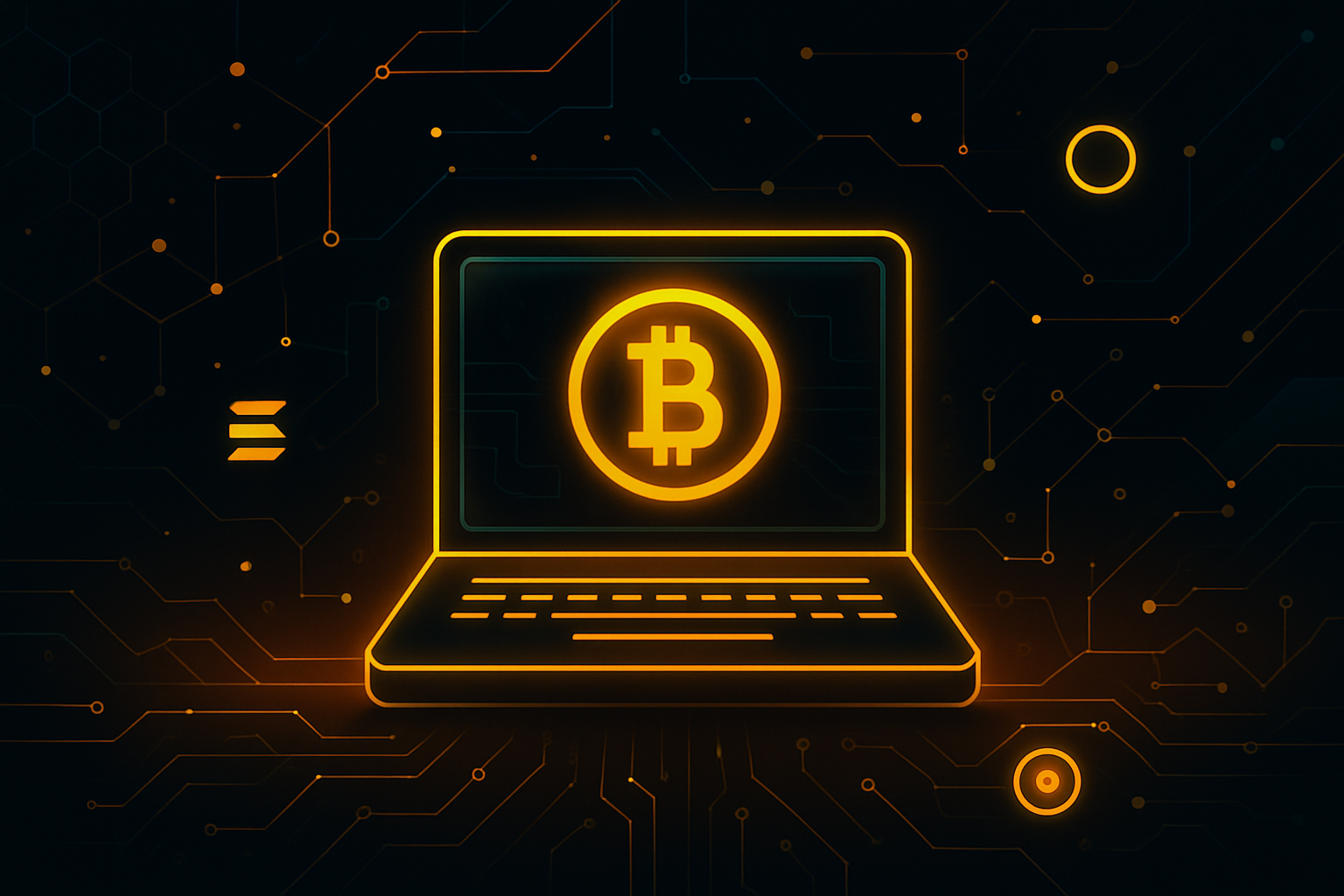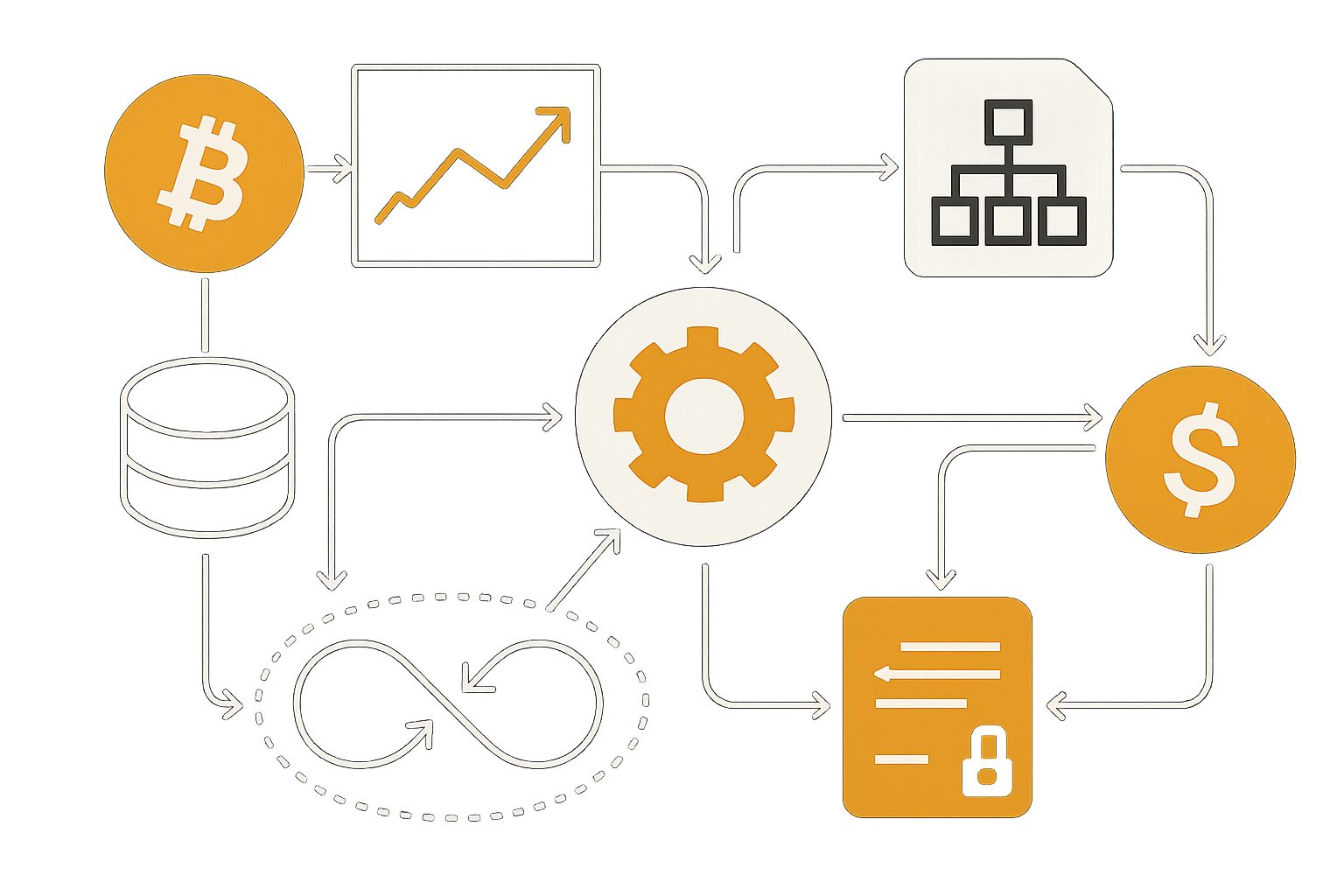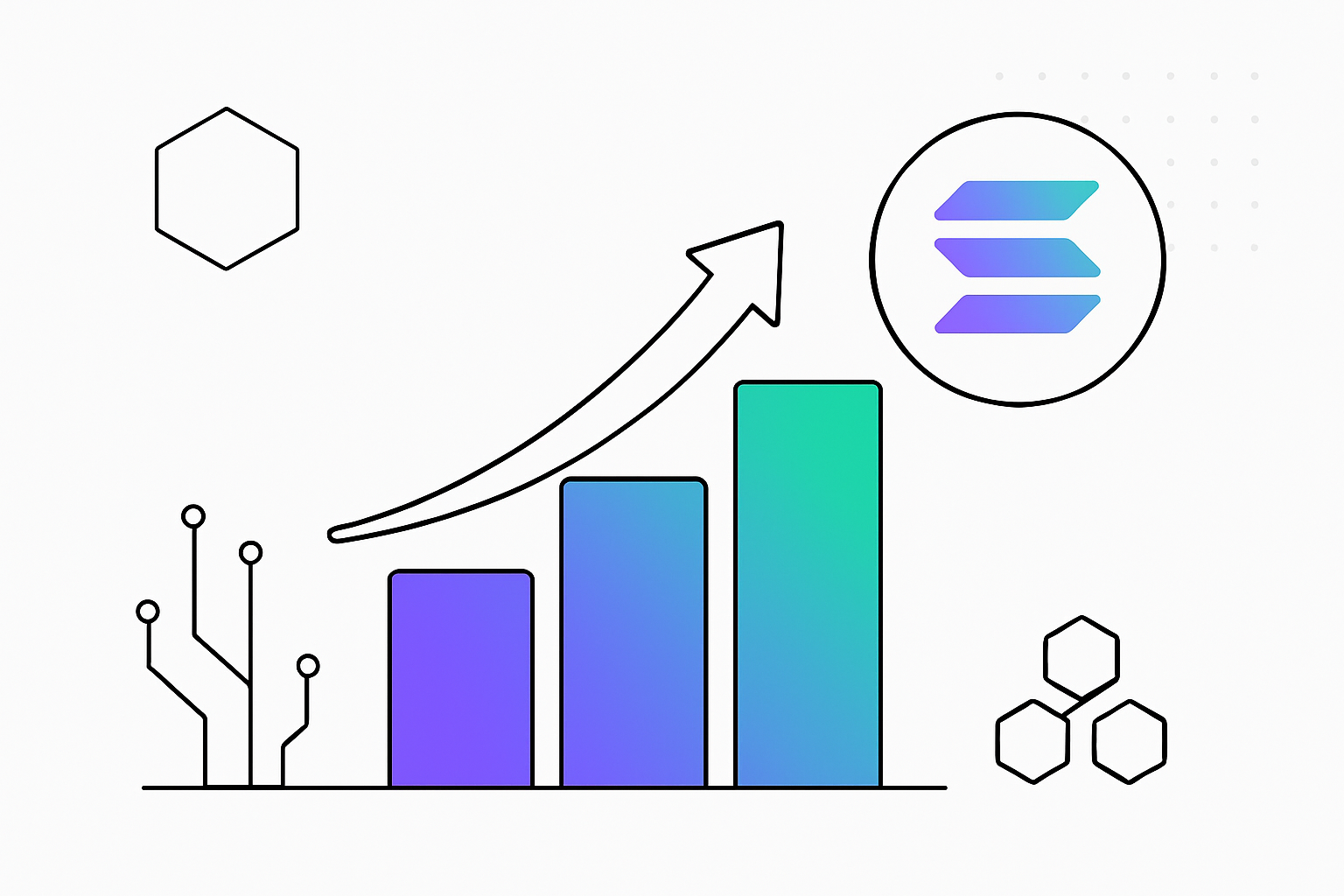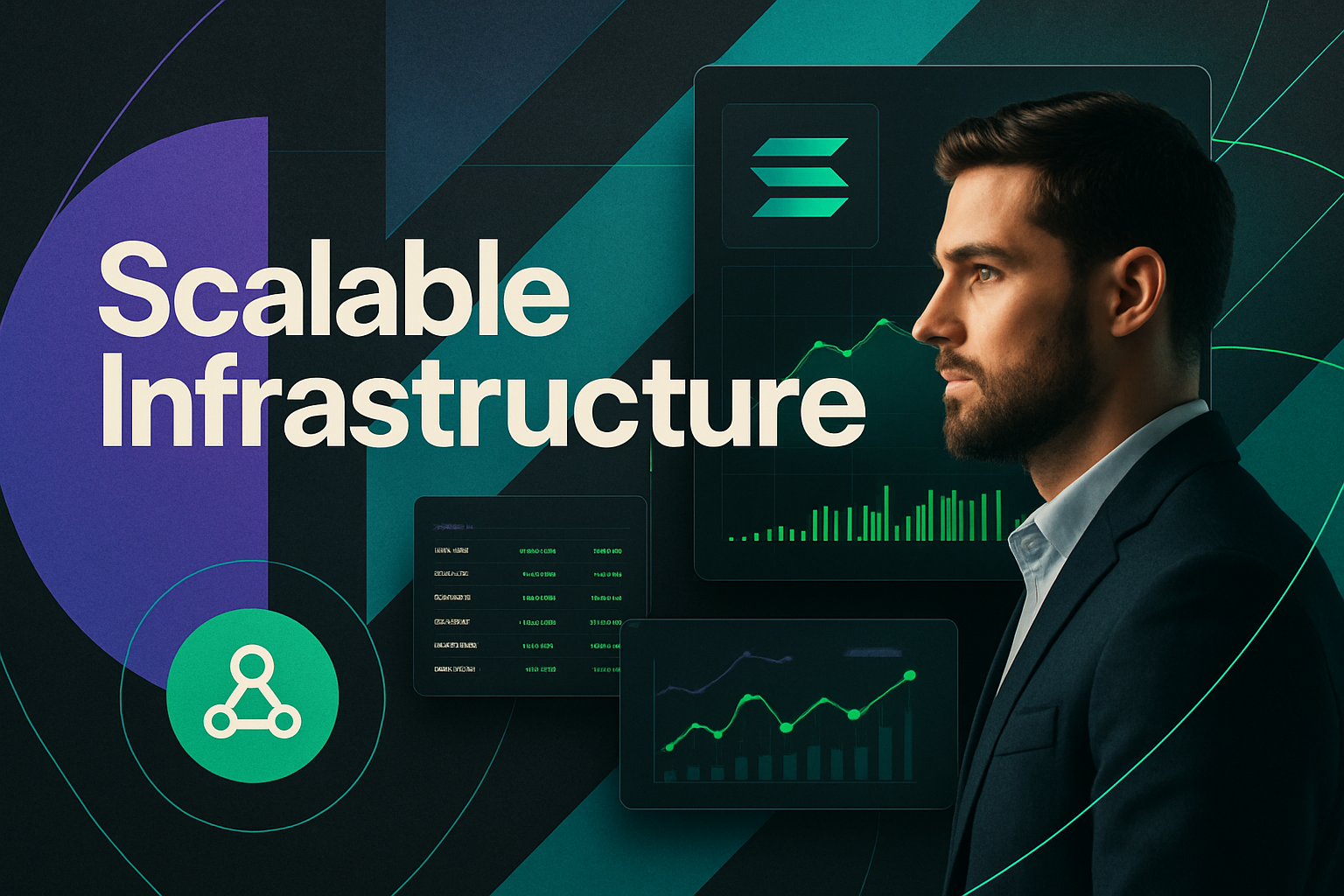Solana Mainnet Surpasses 100,000 TPS: Visual Breakdown of Record-Breaking Performance

On August 17,2025, the Solana mainnet achieved a historic breakthrough, processing an unprecedented 107,664 transactions per second (TPS) in a single block. This event not only shattered previous records but also reignited discussions about blockchain scalability and real-world throughput. As the digital asset world digests this milestone, it is crucial to understand both the technical factors that enabled such performance and the broader implications for Solana’s competitive positioning in 2025.
Solana TPS Record: How Did We Get Here?
Solana’s latest TPS record is not a sudden leap but rather the result of years of architectural innovation. At its core, Solana relies on Proof of History (PoH) to create a verifiable order of events, allowing for parallel transaction processing across its validator network. This architecture enables Solana to handle compute-intensive workloads without bottlenecking block production.
According to KuCoin, this new high-water mark was reached under optimal network conditions. However, context is key: while these peak numbers are headline-grabbing, they do not reflect average daily throughput. For example, in May 2024, Solana’s average daily TPS was reported at just over 1,000 – still industry-leading but far below theoretical maxima. The gap between these figures illustrates how stress tests and real-world usage can diverge.
Visualizing Performance: Solana vs. Other Blockchains
The scale of Solana’s achievement becomes clear when compared with other major networks. As of May 2024:
- Ethereum: Peak average TPS – 22.8
- Bitcoin: Peak average TPS – 10.7
- Solana: Peak recorded TPS – 107,664
This performance disparity underscores why developers and investors increasingly view Solana as the go-to platform for high-throughput decentralized applications (dApps), gaming ecosystems, and consumer-facing DeFi products.
Key Innovations Powering Solana’s Record TPS
-
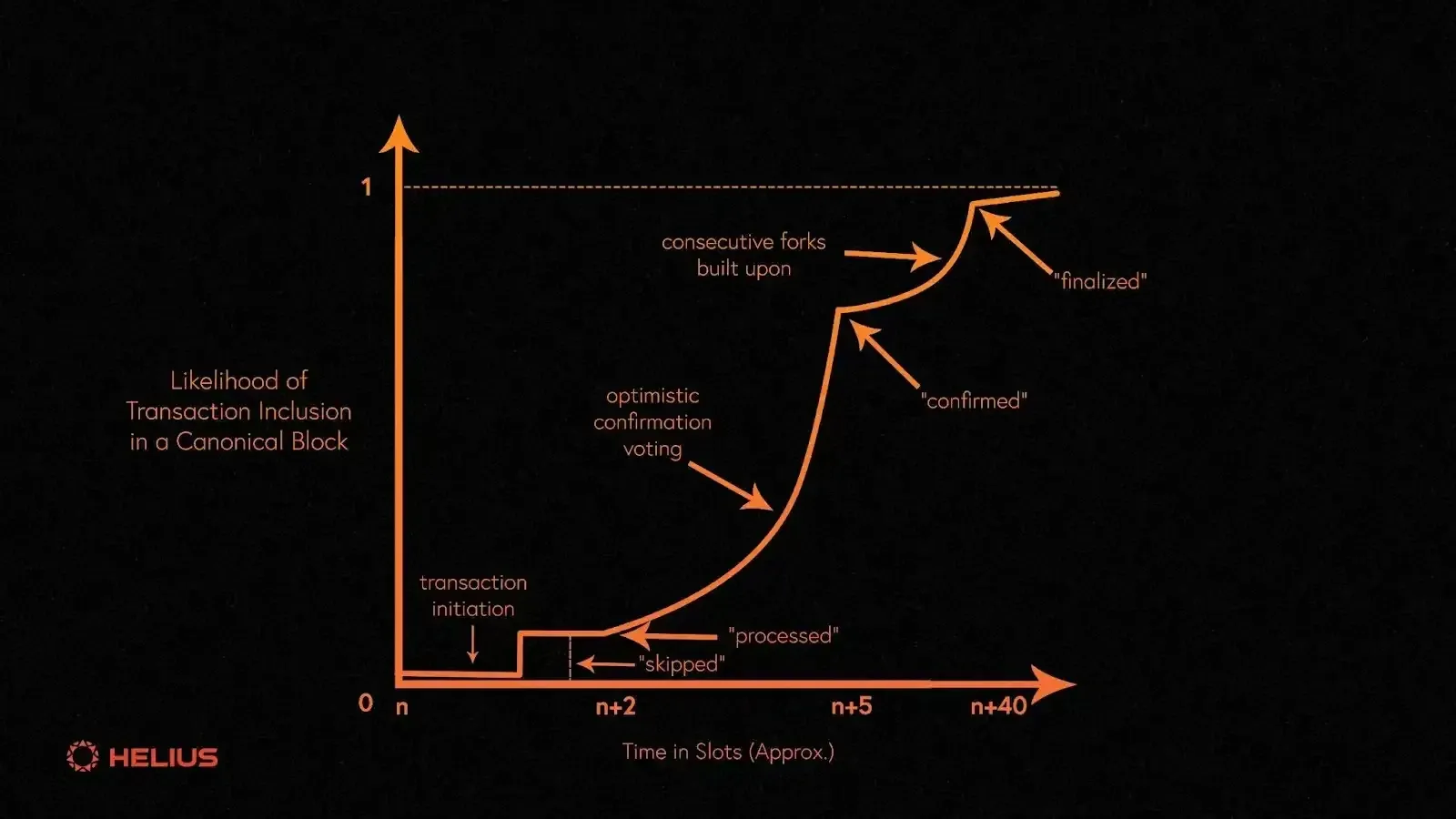
Proof of History (PoH): Solana’s unique Proof of History cryptographic clock enables validators to order transactions efficiently, drastically reducing consensus overhead and enabling parallel processing.
-
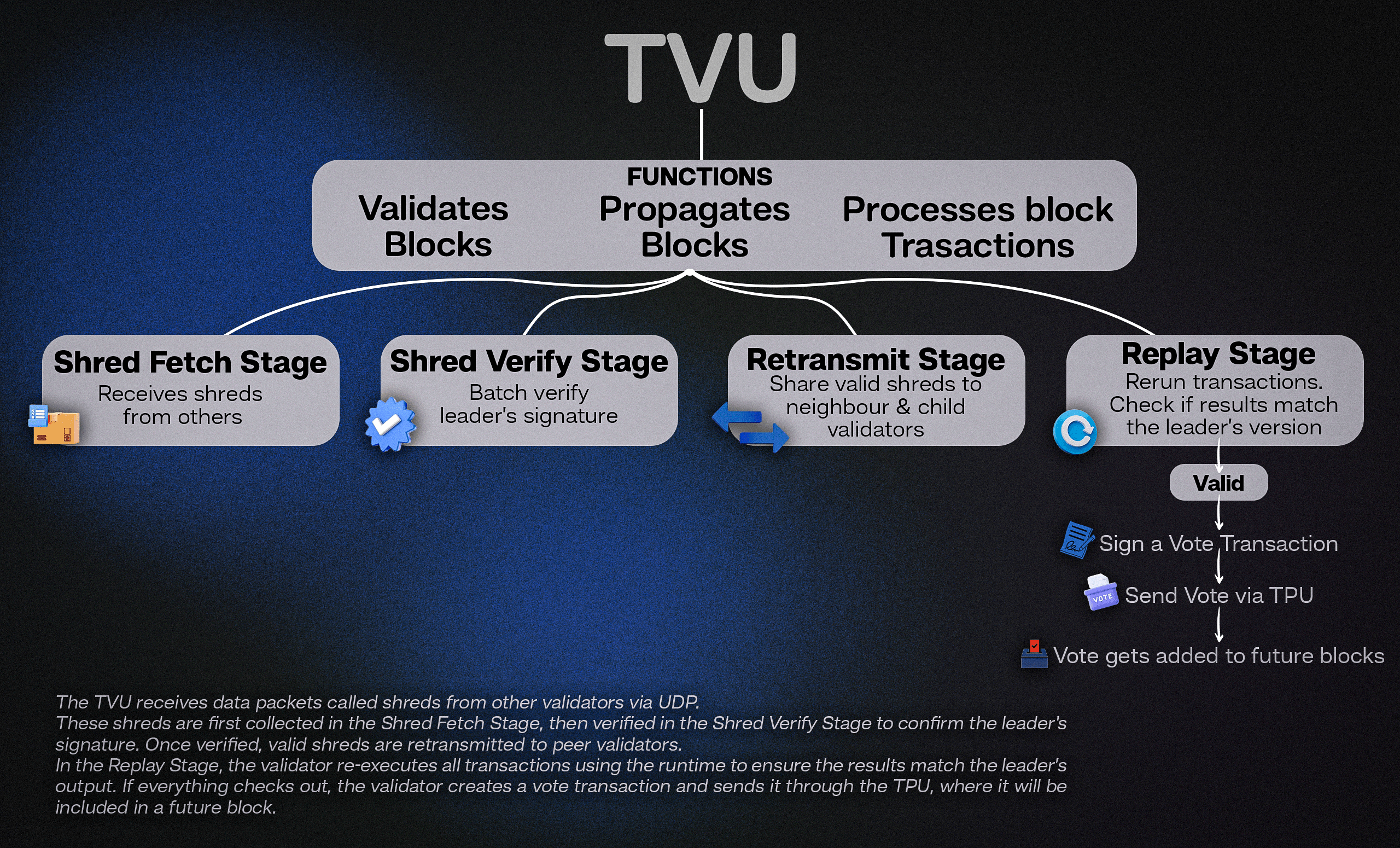
Parallel Transaction Processing (Sealevel): The Sealevel engine allows Solana to execute thousands of smart contracts simultaneously, maximizing throughput and resource utilization.
-

Turbine Block Propagation: Solana’s Turbine protocol breaks data into smaller packets for rapid, reliable distribution across the network, minimizing latency and supporting high TPS.
-

Gulf Stream Mempool Management: The Gulf Stream protocol forwards transactions directly to validators before they’re confirmed, reducing confirmation times and keeping the network efficient under heavy load.
-

Optimized Validator Client: Solana’s high-performance validator software leverages advanced hardware, enabling the network to handle spikes like the recent 107,664 TPS record on August 17, 2025.
-
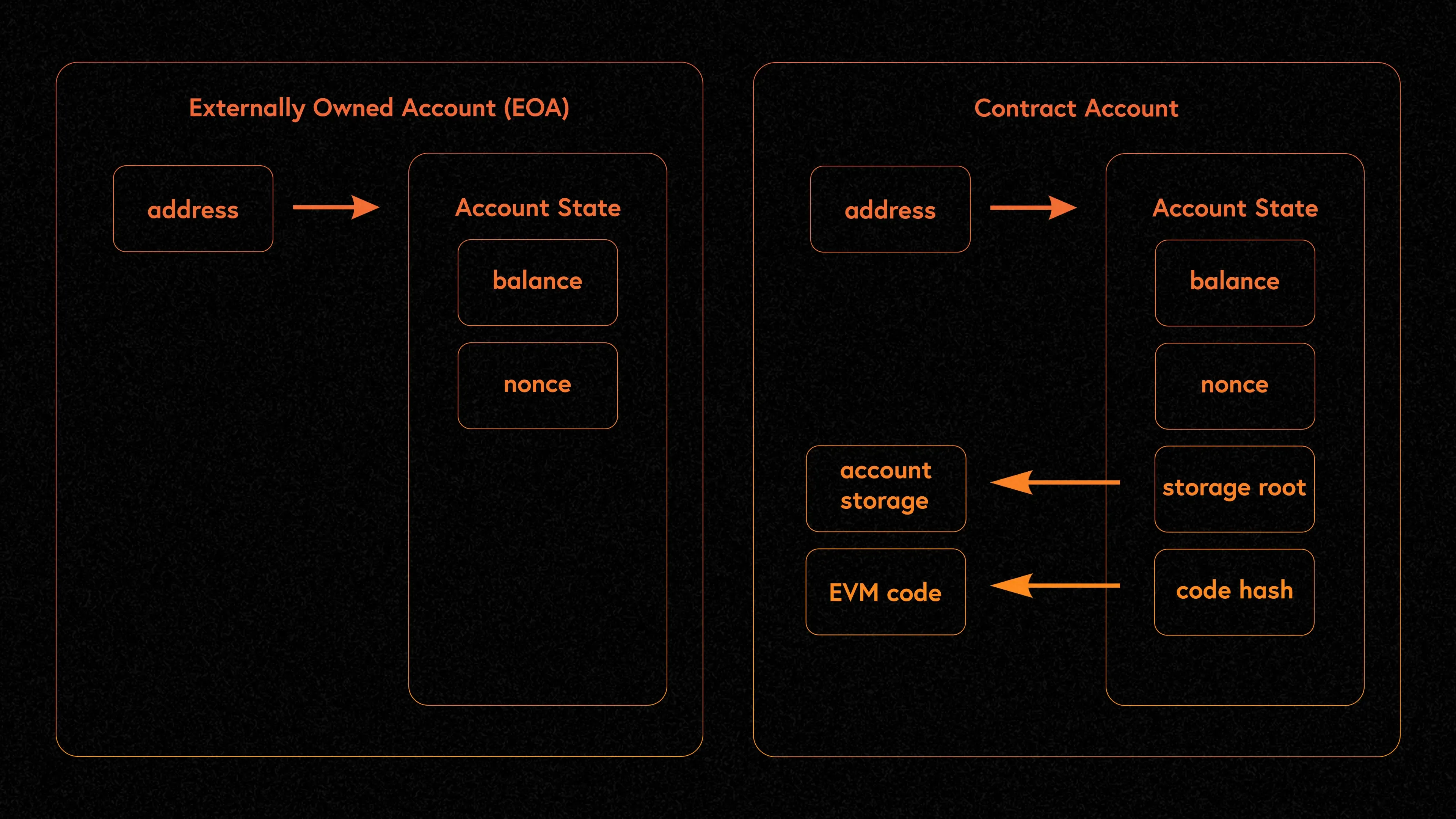
High-Performance Runtime Environment: Solana’s runtime is designed for scalability, supporting rapid execution of programs and efficient state management, essential for handling massive transaction volumes.
The Mechanics Behind Mainnet Burst Capacity
Diving deeper into the data reveals more than just raw speed. Platforms like Solana Compass, The Block, and Chainspect provide granular insights into compute units consumed per block and validator distribution. These metrics show that recent blocks achieving over 100k TPS were highly optimized for computational efficiency, maximizing parallelization without overwhelming network nodes.
This balance is delicate; pushing higher throughput demands constant upgrades from validators and ongoing protocol refinements by core developers. The result is a network that not only boasts headline-grabbing peaks but also demonstrates resilience under sustained load, a critical factor as adoption accelerates.
Solana (SOL) Price Prediction Table 2026-2031
Forecast based on record-breaking mainnet performance, adoption trends, and evolving blockchain landscape (Baseline as of Aug 2025: ~$194/SOL)
| Year | Minimum Price | Average Price | Maximum Price | % Change (Avg, YoY) | Market Scenario Insights |
|---|---|---|---|---|---|
| 2026 | $130.00 | $210.00 | $350.00 | +8% | Post-TPS milestone, moderate growth as adoption expands; potential volatility from macro/regulatory factors |
| 2027 | $150.00 | $260.00 | $420.00 | +24% | DeFi, stablecoins, and consumer dApps drive usage; competition from new L1s may temper upside |
| 2028 | $175.00 | $315.00 | $520.00 | +21% | Continued scaling, institutional entry, and cross-chain interoperability; regulation remains a wildcard |
| 2029 | $200.00 | $370.00 | $640.00 | +17% | Network effects strengthen, major fintech/TradFi integrations possible; global crypto trends impact sentiment |
| 2030 | $220.00 | $420.00 | $760.00 | +14% | Mainstream adoption of Solana-based apps, steady user growth; increased competition from L2s and alternative chains |
| 2031 | $250.00 | $470.00 | $900.00 | +12% | Market matures, Solana cements position as a top scalable blockchain; macro cycles influence extremes |
Price Prediction Summary
Solana’s record TPS and ongoing technological improvements position it as a leading high-performance blockchain. Over the next six years, SOL price is projected to grow steadily, with average annual gains tapering as the market matures. Upside potential is driven by adoption, DeFi/consumer apps, and institutional interest, while downside risks include regulatory shifts, competition, and broader market cycles.
Key Factors Affecting Solana Price
- Sustained high throughput and scalability via Proof of History and parallelization
- Growth in active addresses, staking, and DeFi/consumer applications
- Competition from both new Layer 1s and Ethereum Layer 2s
- Potential for regulatory clarity or restrictions impacting large-scale adoption
- Macro market cycles, including Bitcoin halving effects and global risk appetite
- Institutional entry and TradFi integration with Solana ecosystem
- Ongoing improvements to network security, decentralization, and developer tooling
Disclaimer: Cryptocurrency price predictions are speculative and based on current market analysis.
Actual prices may vary significantly due to market volatility, regulatory changes, and other factors.
Always do your own research before making investment decisions.
Market Impact: SOL Price Reaction After the Record-Breaking Block
The impact on SOL’s price has been immediate yet measured. As of August 18,2025, SOL trades at $194.07, up 3% in the past 24 hours with a market capitalization of $104.70B (OKX). This moderate rally suggests that while technical achievements drive sentiment, investors remain focused on long-term adoption metrics and ecosystem growth rather than short-term hype cycles.
With Solana’s mainnet now capable of processing over 107,000 TPS, attention turns to the practical impact of such throughput on the broader ecosystem. The ability to handle this volume is not just a technical flex; it directly influences user experience, transaction costs, and the viability of new decentralized applications that demand real-time responsiveness.
High throughput also has downstream effects on network fees and congestion. Data from The Block shows that despite surging activity, Solana’s average transaction costs have remained among the lowest in the industry. This is critical for developers building consumer-grade products, such as games, NFT marketplaces, and payment rails, where cost predictability is as important as speed.
Validator Health and Decentralization in 2025
No discussion of scalability is complete without addressing decentralization. As validator requirements grow more demanding, concerns naturally arise about network concentration and potential central points of failure. However, current data indicates that Solana’s validator set remains robustly distributed across geographies and entities, with hundreds of independent operators contributing to consensus. Tools like Solana Compass provide real-time insights into validator performance and block production diversity, key metrics watched closely by institutional stakeholders.
The sustainability of this growth trajectory hinges on ongoing protocol upgrades. Initiatives such as localized fee markets and dynamic compute budgeting are already being rolled out to ensure that network performance scales alongside usage without compromising security or accessibility. As these upgrades mature through Q4 2025, Solana’s position as a foundational layer for Web3 innovation appears increasingly secure.
What Comes Next for Solana?
The record-breaking mainnet burst is both a validation of past engineering decisions and a challenge for future development. For end-users, it means faster transactions, lower fees, and seamless experiences even during periods of high demand. For developers and investors, it signals a platform ready to support ambitious projects at global scale, from DeFi protocols handling millions of microtransactions per second to gaming platforms requiring split-second settlement.
Risk factors remain: The gap between peak and average TPS reveals that optimal conditions are rare in production environments. Network health will depend on continued investment in infrastructure, and on governance mechanisms that adapt quickly to emerging threats or bottlenecks.
| Network | Peak TPS (2025) | Avg Daily TPS (2024) | Avg Fee (USD) |
|---|---|---|---|
| Solana | 107,664 | 1,053 | $0.00025 |
| Ethereum | 22.8 | and lt;20 | $1–$10 and |
| Bitcoin | 10.7 | and lt;10 | $1–$5 and |
The next six months will be pivotal as the market observes whether these gains translate into lasting adoption or simply transient spikes in activity. For now, Solana’s blend of technical ambition and measured price response ($194.07 SOL as of August 18,2025) paints a picture of a maturing ecosystem, one where scalability breakthroughs are met with cautious optimism rather than unchecked exuberance.

